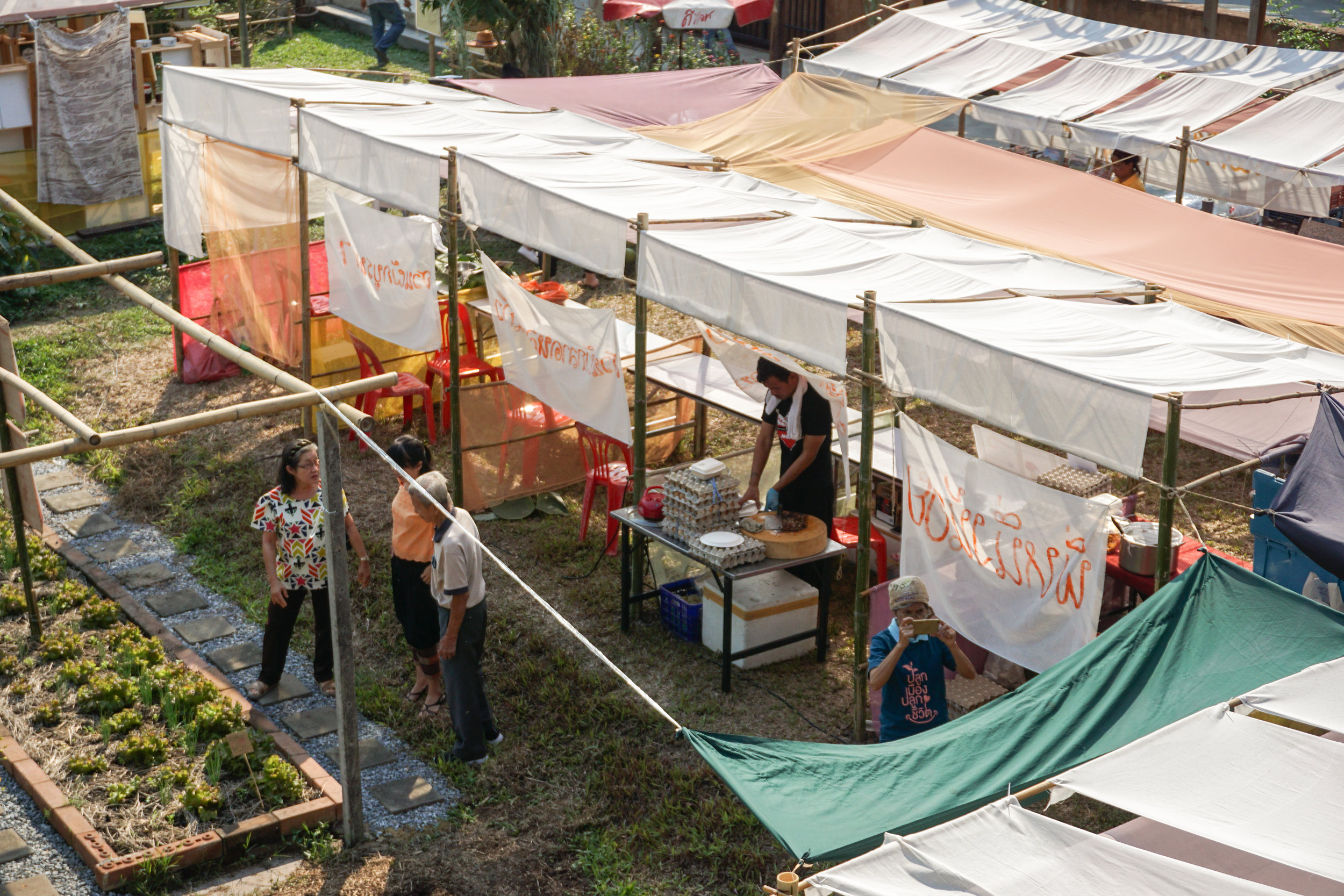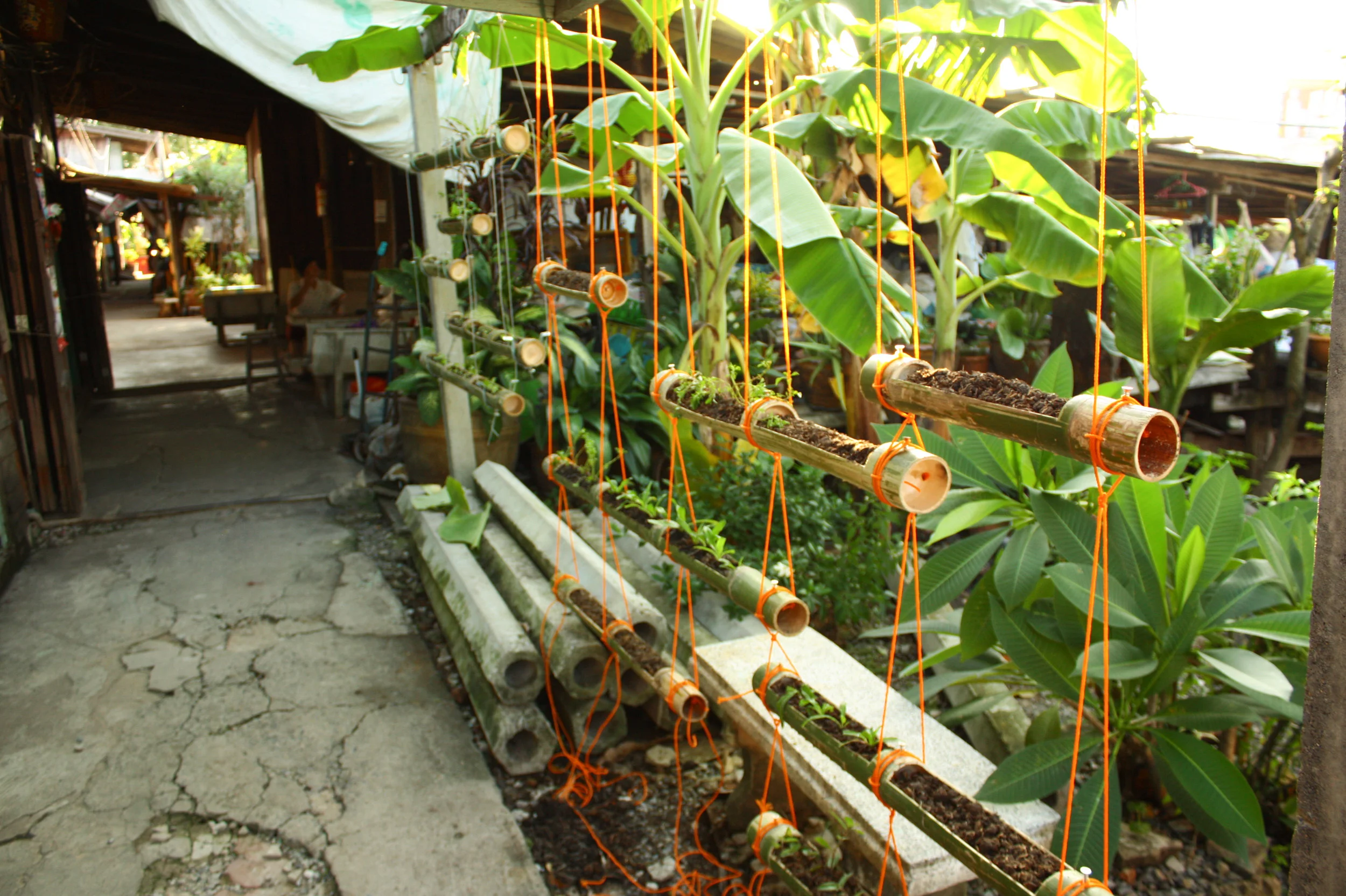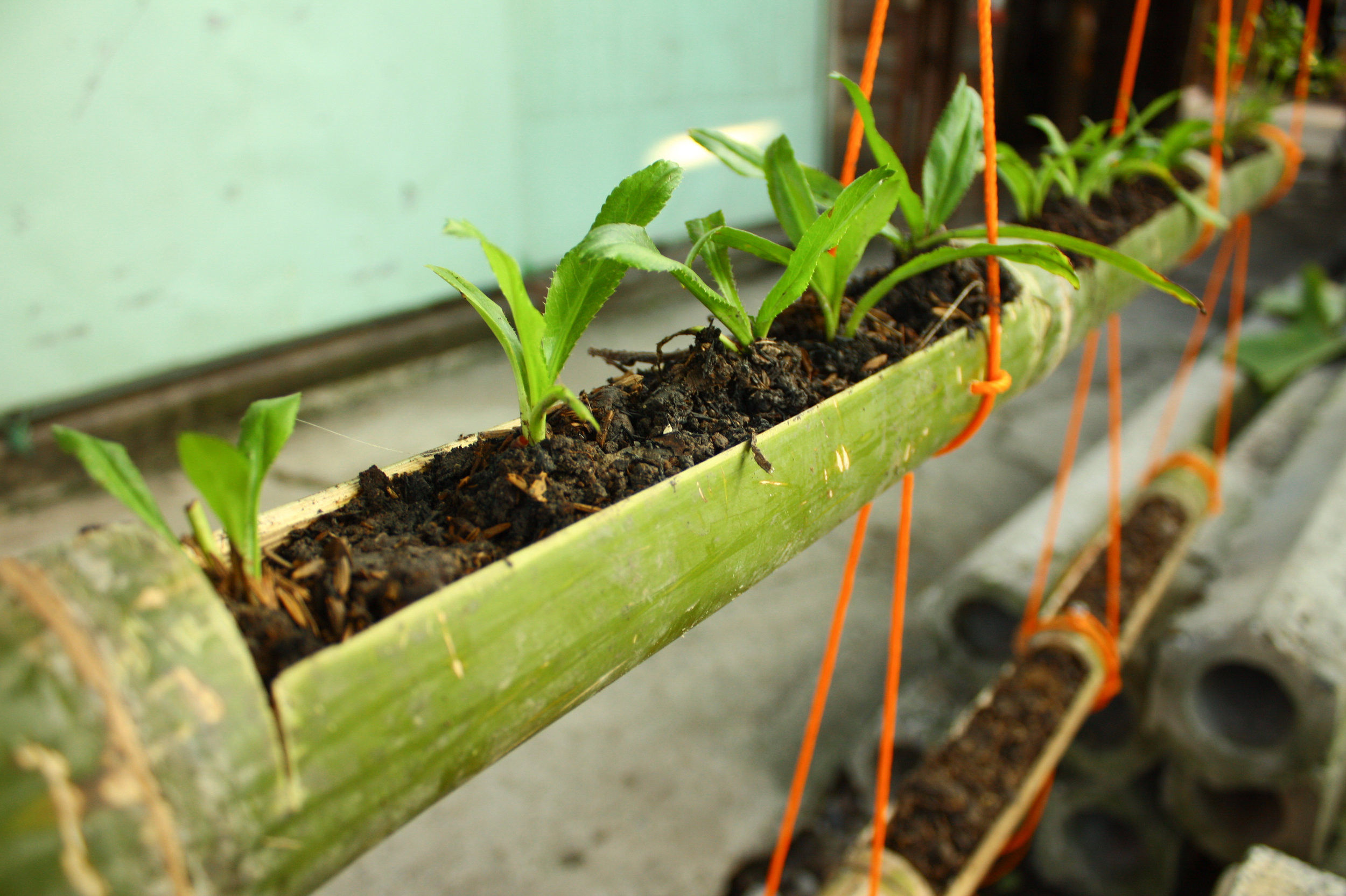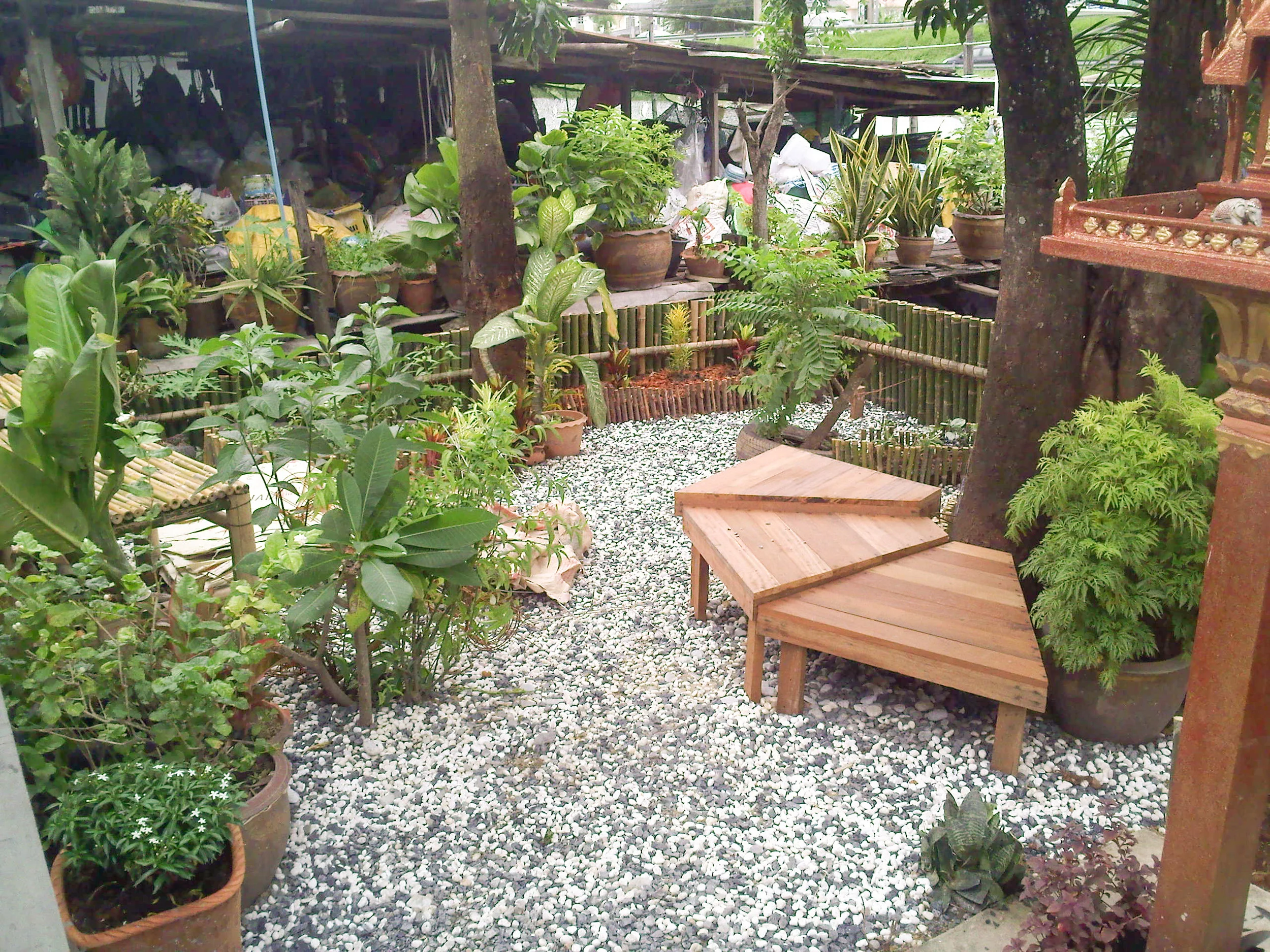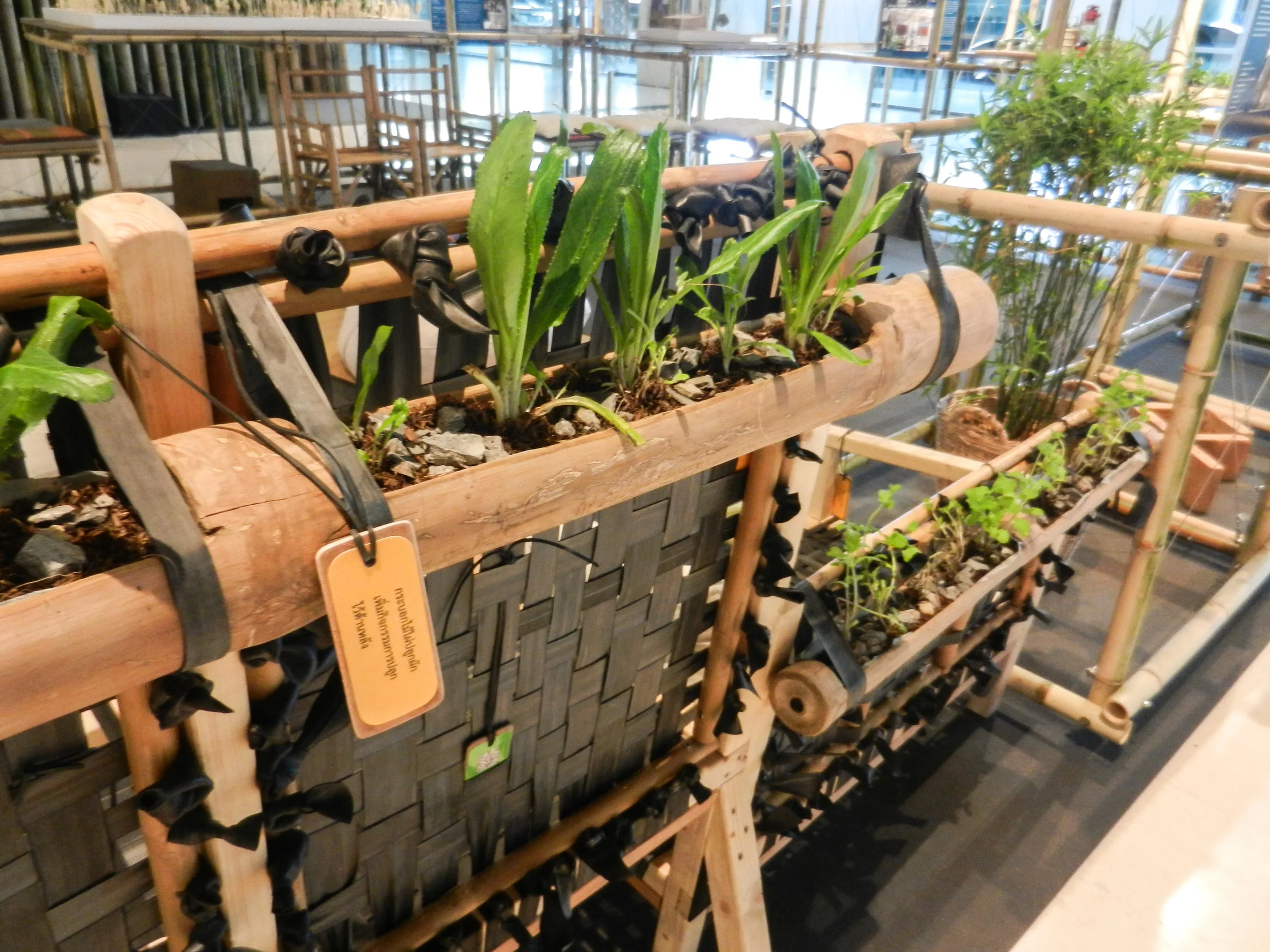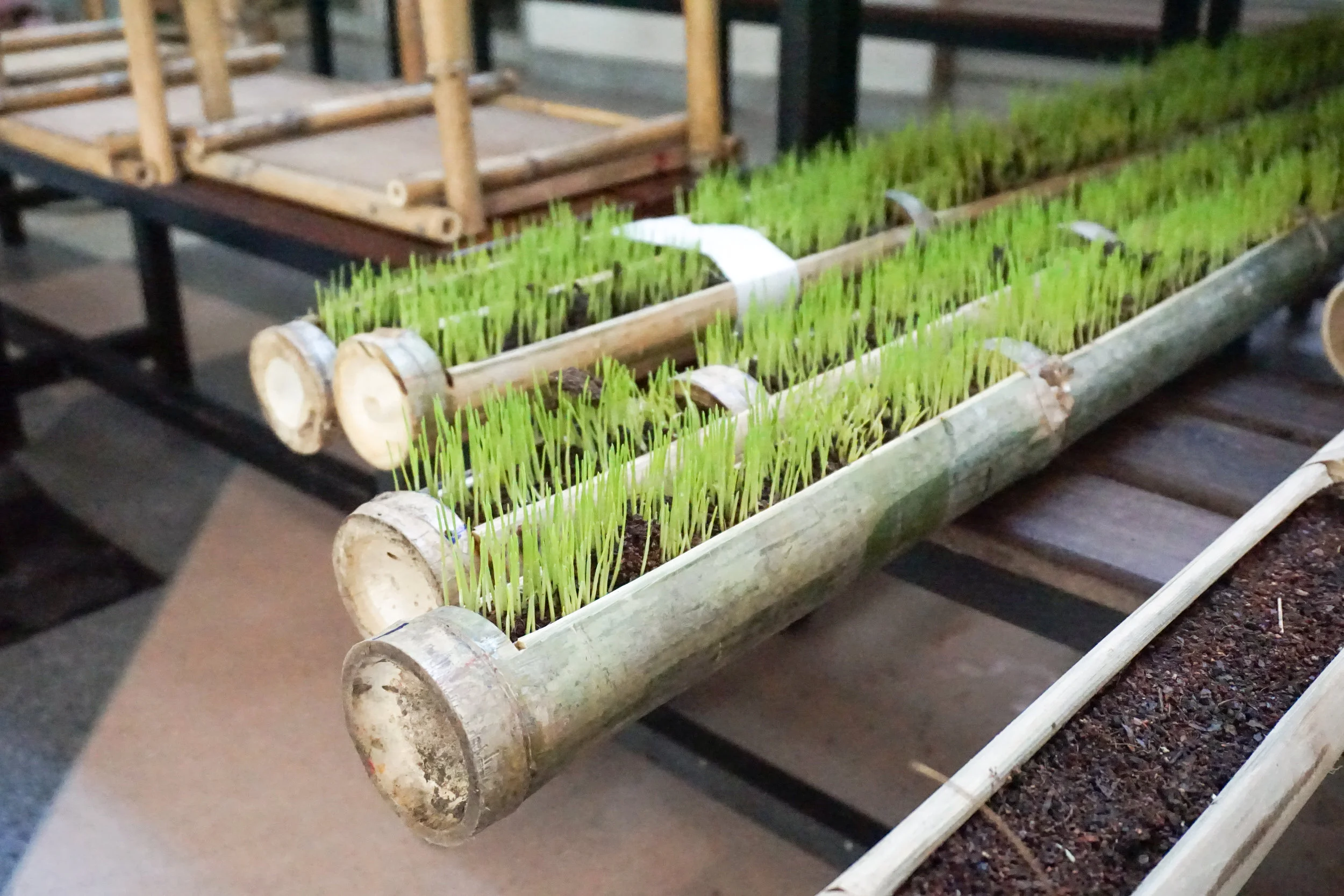City Farming for Sustainable Communities
Sustainability. City farming. Urban farming. Green cities.
These buzzwords are used interchangeably to support any and all projects at the moment. While the movement is gaining traction and people around the world are taking stock of rapid environmental degradation, climate change and the overall decline of our health, governments, companies and even communities and individuals are responding with efforts to decrease the impact of their actions.
While the labels sustainable or environmentally friendly don’t mean much on their own, the trend of urban and city farms is highly encouraging.
What is a city farm?
Urban or city farming consists of growing vegetables, fruit and flowers, as well as raising livestock in urban areas. This can be done for commercial purposes – i.e. to sell the produce, meat or animal by-products for a profit, personal use – i.e. for the goods to be eaten by an individual and their social circle at no profit, or at communal level – i.e. a community of people who work the land together and share the produce under a pre-approved agreement.
City farming is seen by many as a solution to food shortages and a great mean of achieving food security 1 2. In countries with high level of inequality, urban farming can help alleviate the burden of nutrition for the poorest.
Moreover, city farming has far-reaching consequences in transforming communities – beyond providing access to food, it builds cohesiveness and belonging. Sole Food Street Farms 3 in Vancouver was created in a disadvantaged area of the city where residents struggle with addiction. The farm has created employment, agricultural training for nearby residents. More importantly, it has created a sense of community, offering refuge to those in need – a place to belong and return to, no matter how hard things get.
In the same way as the purpose of urban farming is highly dependent on the context, the space used by city farms also varies greatly. While some farms cover large areas – for example, the Open Farm Community restaurant in Singapore which has a 930 square meter edible garden 4 – city farming can also happen where there is very little space. In fact, urban farming is even possible in slum settlements, where the competition for land is fierce 5 6 7.
City farming and the organic movement
In many instances, city farming goes hand in hand with organic farming. Both these movements recognise the fallacies of large scale farming: from the use of harmful pesticides that harm both humans and the environment to the recognition that no everyone has the same access to high quality, affordable food, and the depletion of the soil due to monocultures. In this way, it is quite common to see urban and city farms growing organic vegetables and produce.
An obvious question arises: can you grow organic food in the city, where levels of pollution are often high? The answer is yes.
In fact, having access to sunlight amid tall buildings is a much more relevant concern; but one that can also be dealt with clever planning and design 8 9.
Openspace and city farming
At Openspace, we have long valued incorporating aspects of city farming into our projects across Thailand. We believe that city and collective farm projects plays a crucial part in supporting sustainable communities.
In 2011, we built community furniture for the “One Century Community” in Klong 3, Bangkok. Within this project, we built a vertical garden and herb garden – designed that way:
Because of the lack of physical space in the community
To allow elderly people to grow vegetables, without having to bend down and exert themselves
We used bamboo planters for the vertical garden; because of its small diameter, we could only grow short root vegetables in the planters, such as coriander, green onions and watercress.
We have tried to incorporate herb gardens in most of our community projects. Gardening has great potential benefits for elderly people – as it allows them to socialise while getting some gentle exercise – as well as children, as they learn through this activity.
In 2018, we built our signature two-level bench for the ASA Architecture Exhibition in Bangkok. In the bench’s design, we incorporated a bamboo planter on the back. This made the bench both more aesthetically pleasing, but also more environmentally sound.
In 2019, we developed our partnership with the Bangkok City Farm and the Sustainable Agriculture Foundation Thailand. When working with our city farm partners, we try to promote sustainable designs in two ways:
We pick materials carefully, aiming for natural materials wherever possible
We aim to make our structures reusable for future projects
In our most recent projects, we focused on using bamboo, plant-based rope and unbleached fabrics; we also made structures and booths of which 90% could be reused. This is in line with our “natural” vision.
Bamboo in city and urban farming
The emphasis on bamboo in all the projects mentioned above is very deliberate. First off, bamboo is readily available in Thailand, even in urban settings. Second, bamboo is cheap. That means that not only is it cost effective to use, but also, should any part break down, the end users can replace it themselves without incurring a high cost. Lastly, bamboo has a small diameter: it is therefore a great means to showcase that you don’t actually need a lot of space to grow your food. If you can manage it in a bamboo planter, you can manage it anywhere!
Our future sustainable projects
Our commitment to sustainable projects has only deepened. Currently, we are working on another project in line with this sustainability mission: we are designing an edible garden for Bo.Lan – a restaurant in the heart of Bangkok. The owners of Bo.Lan pride themselves on their focus on social responsibility and their efforts to create a zero footprint restaurant. In line with this mission, we are using the principles of permaculture - a design system for creating sustainable human environments - to design and build their edible garden. The garden will be used to support their menu, as well as beautify the restaurant’s entrance. Moreover, gardens within a city offset CO2 emissions and greatly enhance the city’s “lungs”. This is a great project for Openspace, as we are given more room to explore what it means to marry both sustainability and aesthetics.




